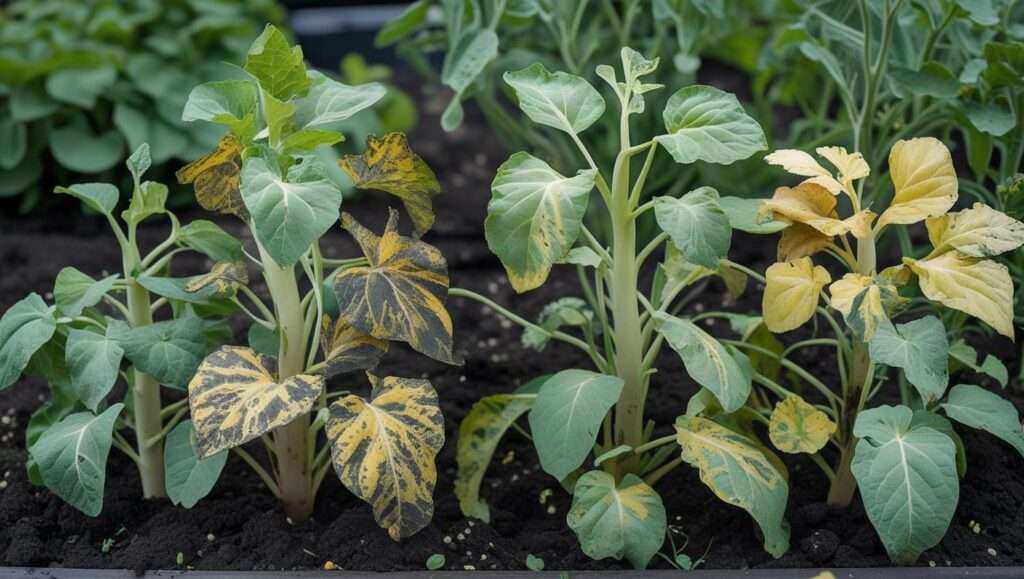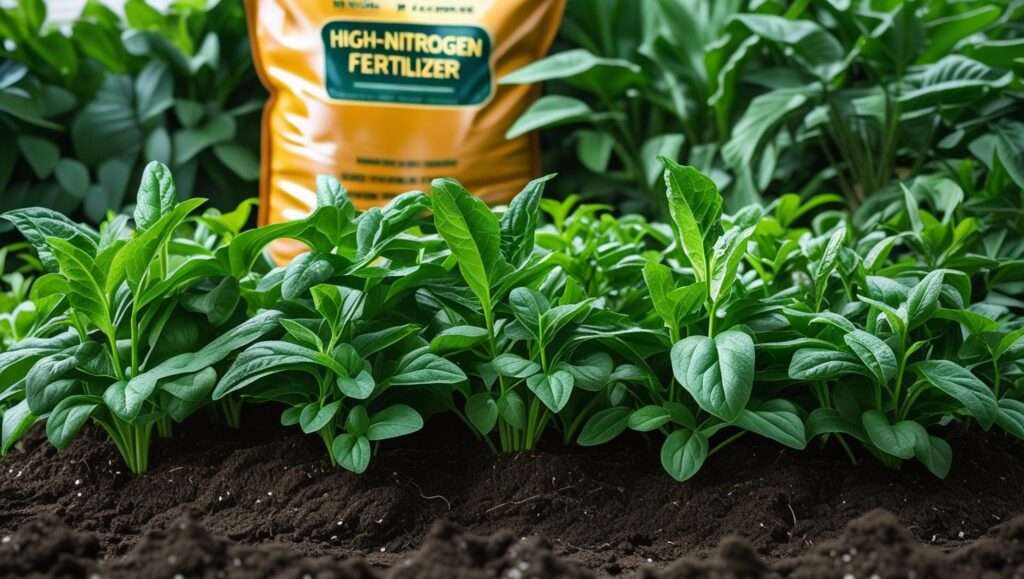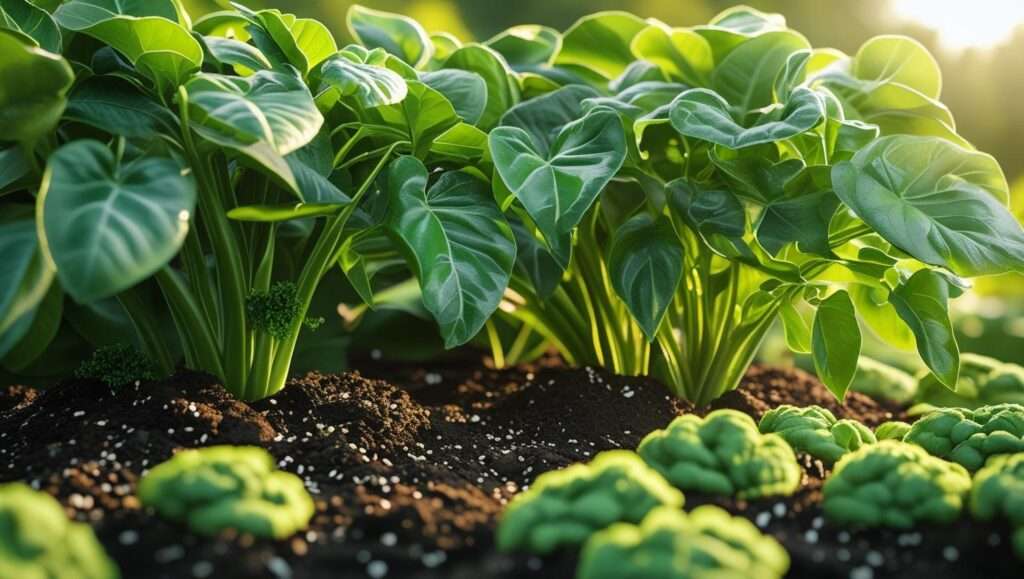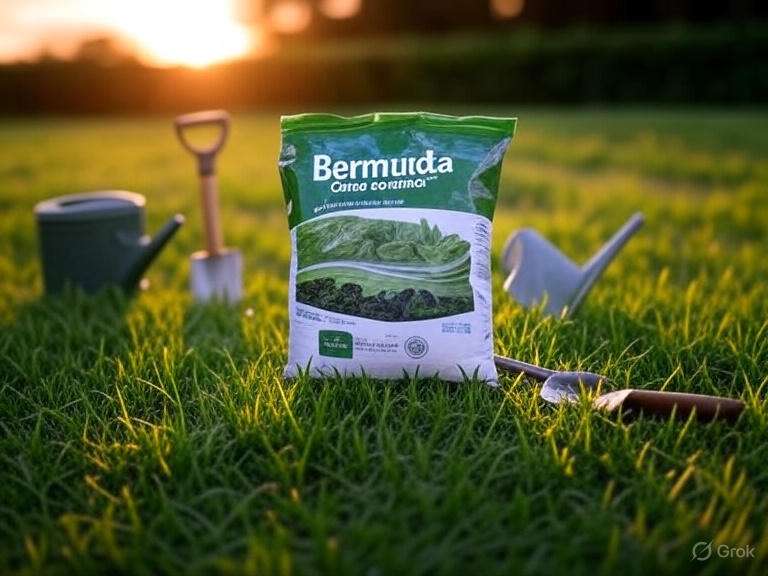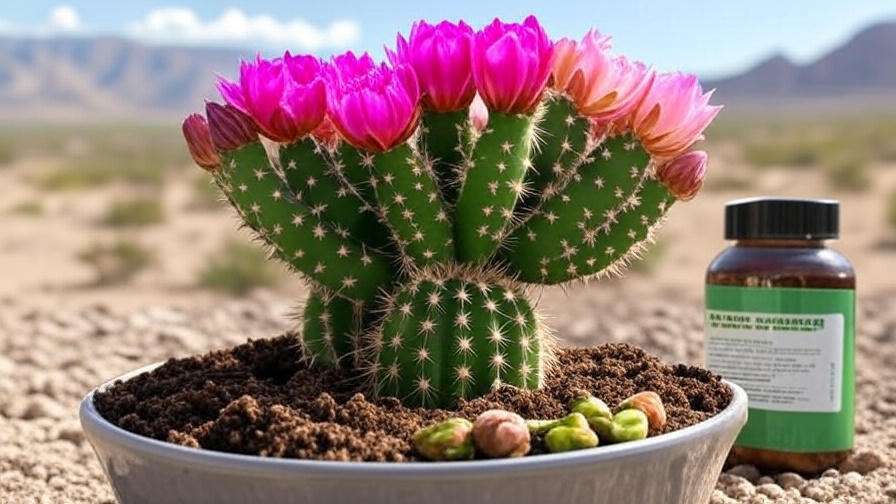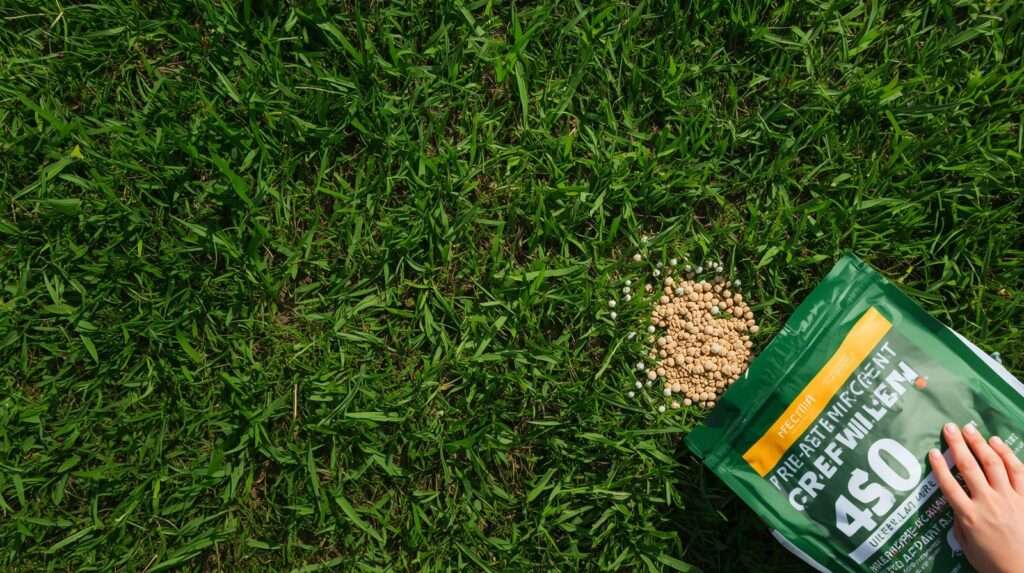Imagine a garden brimming with robust root vegetables, blooming bulbs, and sturdy fruit trees—all thriving thanks to the perfect nutrient balance. The 5 10 10 fertilizer, with its unique 5% Nitrogen, 10% Phosphorus, and 10% Potassium ratio, is a game-changer for gardeners seeking lush, healthy plants. Many struggle with stunted growth, nutrient imbalances, or soil depletion, but this guide, rooted in decades of agricultural expertise, offers a solution. Drawing from research by the USDA and university extension services, we’ll explore how to use 5 10 10 fertilizer effectively to transform your garden naturally.
What Is 5 10 10 Fertilizer and Why It Matters
Decoding the N-P-K Ratio
The N-P-K ratio on fertilizer labels represents the percentage of Nitrogen (N), Phosphorus (P), and Potassium (K). A 5 10 10 fertilizer contains 5% Nitrogen, 10% Phosphorus, and 10% Potassium, designed to support root and bulb development while providing moderate foliage growth. Unlike a balanced 10-10-10 or high-Nitrogen 20-20-20, this ratio prioritizes Phosphorus and Potassium, making it ideal for establishing new plants or correcting soil deficiencies. According to the University of Illinois Extension, understanding this balance is key to tailoring fertilization to specific plant needs.
Ideal Uses for 5 10 10 Fertilizer
This fertilizer shines for crops requiring strong root systems, such as carrots, potatoes, tulips, and fruit trees like apples or citrus. It’s perfect for new garden beds, where young plants need a solid foundation, or for soils lacking Phosphorus and Potassium. Gardeners in regions with sandy soils, common in the Southeast U.S., find 5 10 10 especially useful for retaining nutrients. Dr. Linda Chalker-Scott, a horticulturist at Washington State University, notes its efficacy in promoting early-season growth without overstimulating leafy tops.
The Science Behind Its Effectiveness
Phosphorus is critical for root development and energy transfer, while Potassium enhances disease resistance and water regulation. The lower Nitrogen content prevents excessive foliage at the expense of roots, a common issue with high-Nitrogen blends. Research from the Journal of Plant Nutrition shows that a 1:2:2 N-P-K ratio, like 5 10 10, optimizes root mass by 20% in root crops compared to unbalanced formulas. This science-backed approach ensures your garden thrives sustainably.
Benefits of Using 5 10 10 Fertilizer in Your Garden

Enhanced Root and Bulb Growth
The high Phosphorus content in 5 10 10 fertilizer stimulates robust root systems, essential for nutrient uptake and stability. Bulbous plants like onions and daffodils benefit from this, producing larger, healthier blooms. A study by the Oregon State University Extension found that Phosphorus application increased bulb size by 15% in trial gardens. For home gardeners, this translates to bountiful harvests and vibrant displays, solving the problem of weak or underdeveloped roots.
Improved Plant Resilience
Potassium strengthens plant cell walls, improving resistance to drought, frost, and pests. Gardens using 5 10 10 report fewer losses during heatwaves, a growing concern with climate shifts. A Texas gardener shared how their fruit trees withstood a 2024 drought using this fertilizer, attributing survival to enhanced stress tolerance. This resilience addresses the need for durable plants in unpredictable weather.
Sustainable Gardening Support
With only 5% Nitrogen, 5 10 10 minimizes the risk of over-fertilization, which can leach into waterways and harm ecosystems. Its balanced formula supports long-term soil health, reducing the need for frequent applications. The Rodale Institute highlights that low-Nitrogen fertilizers like this promote microbial activity, enhancing soil fertility naturally. This eco-friendly approach meets the growing demand for sustainable gardening practices.
How to Choose the Right 5 10 10 Fertilizer
Organic vs. Synthetic Options
Organic 5 10 10 fertilizers, such as those from Espoma (made with bone meal and potash), release nutrients slowly, improving soil structure over time. Synthetic versions, like those from Jobe’s, offer immediate results but require precise application. For small gardens, organic blends suit long-term care, while larger plots may benefit from synthetic efficiency. Choose based on your soil type—clay soils favor organic, sandy soils benefit from synthetic.
Checking Soil Needs
Before applying 5 10 10 fertilizer, test your soil to assess Phosphorus and Potassium levels. Kits from local extension services or brands like Luster Leaf provide accurate readings. Ideal soil pH for nutrient uptake is 6.0–7.0; adjust with lime or sulfur if needed. A Virginia gardener corrected a Phosphorus deficiency with a soil test, boosting their potato yield by 30% using 5 10 10.
Brand and Quality Considerations
Top brands include Espoma Garden Tone (5-10-10), Jobe’s Organics, and Down to Earth. Look for uniform granule size and clear labeling of N-P-K ratios. Avoid cheap blends with fillers, which may contain inconsistent nutrient levels. Check reviews on gardening forums or X posts from August 2025 for real-time user feedback on product performance.
Step-by-Step Guide to Applying 5 10 10 Fertilizer

Preparing Your Garden
Start by clearing weeds and debris, then till the soil to a depth of 6–8 inches. Moisten the soil lightly to help nutrients penetrate. Wear gloves and a mask to avoid skin or lung irritation from dust. This preparation ensures even distribution and maximizes effectiveness.
Application Techniques
Apply 1–2 pounds of 5 10 10 per 100 square feet, depending on soil test results. Use a broadcast spreader for large areas or band it near planting rows for crops like carrots. Apply in early spring for new growth or mid-season for established plants. Follow label rates to avoid waste.
Post-Application Care
Water thoroughly after application (about 1 inch) to activate nutrients, but avoid overwatering, which causes leaching. Monitor plants for 2–3 weeks; healthy roots should show within a month. Adjust future applications based on growth response.
Common Mistakes to Avoid with 5 10 10 Fertilizer
Over-Fertilization Risks
Excess 5 10 10 can cause leaf burn or stunted growth due to Phosphorus buildup. Flush the soil with water if symptoms appear, and reduce the next dose by 25%. Long-term overuse depletes soil calcium, per Cornell University research, necessitating amendments.
Misapplying to Wrong Plants
High-Nitrogen crops like lettuce or spinach may yellow with 5 10 10 due to low Nitrogen. Switch to a 10-10-10 or 15-15-15 for leafy greens. Match fertilizer to plant type to avoid disappointing results.
Ignoring Soil pH
Soil pH below 6.0 locks up Phosphorus, rendering 5 10 10 ineffective. Test pH and add lime if acidic or sulfur if alkaline. A balanced pH ensures nutrient availability, solving a common gardener oversight.
Expert Tips for Maximizing 5 10 10 Fertilizer Results

Companion Planting Strategies
Pair 5 10 10 with companion plants like beans with carrots to enhance nutrient use. Crop rotation with legumes adds Nitrogen naturally, complementing the low-N formula. This synergy boosts yield and soil health.
Integrating with Organic Matter
Mix 5 10 10 with compost or aged manure to enrich soil microbes. A California gardener doubled their tomato harvest by combining it with compost, showcasing a holistic approach. This method addresses nutrient depletion effectively.
Seasonal Application Plans
Apply in March for spring planting, June for mid-season boosts, and September for fall bulbs in the Northern Hemisphere. In arid zones, reduce frequency to every 8 weeks. Tailor to your climate for best results.
FAQs About 5 10 10 Fertilizer
Q1: Is 5 10 10 fertilizer suitable for all plants?
A: No, it’s best for root crops and bulbs; use higher-Nitrogen blends for leafy greens.
Q2: How often should I apply 5 10 10 fertilizer?
A: Apply every 6–8 weeks during the growing season, based on soil tests.
Q3: Can I make my own 5 10 10 fertilizer at home?
A: Yes, blend bone meal (Phosphorus), potash (Potassium), and a small amount of blood meal (Nitrogen), but test ratios carefully.
Q4: What if my plants show signs of nutrient deficiency after using 5 10 10?
A: Retest soil; deficiencies may indicate pH issues or missing micronutrients like Iron.
Q5: Is 5 10 10 fertilizer safe for vegetable gardens?
A: Yes, if applied correctly, it’s safe and effective for edibles like potatoes and carrots.
Conclusion
The 5 10 10 fertilizer is your key to boosting garden growth naturally, supporting robust roots, resilient plants, and sustainable soil. By testing your soil, applying it correctly, and pairing with organic matter, you’ll see thriving crops and blooms. Start today with a soil test, choose a quality 5 10 10 blend, and share your success in the comments. Join our gardening community by asking questions or offering tips below!




